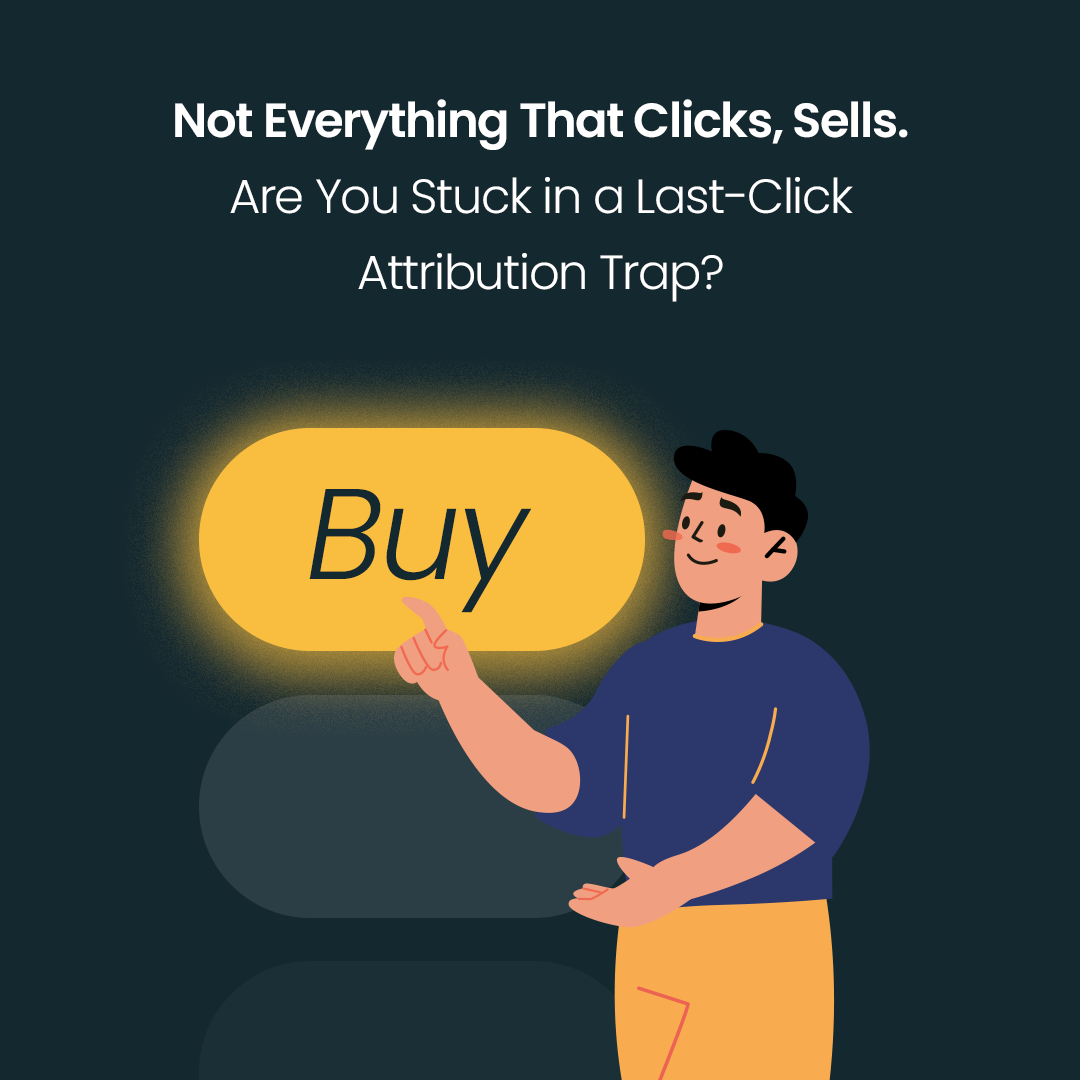Google Ads Discovery campaigns are an effective way to reach a broader audience as one can display ads across various Google platforms such as YouTube, Gmail, and Google Discover. One key element that can enhance the effectiveness of Discovery campaigns is the extension of the contact form to help users directly interact with a brand by filling out a form within the ad.
For one of our automotive industry clients, we implemented the contact form extension in conjunction with a CRM system for their Discovery campaign. This integration ensured that the data submitted by the users through the form went directly into the client's CRM system, significantly shortening the conversion path.
The results of implementing the extension were virtually immediate. Utilizing the contact form extension enabled us to generate a higher volume of leads compared to the Search campaigns. However, the quality of the leads turned out to be an issue as initially, only 5% of leads qualified as contacts from genuinely interested individuals. Over time, this ratio declined, reaching a mere 1.3% in the last month of the campaign.
In an effort to salvage the campaign, we experimented with various approaches aimed at filtering out the least interested users. We first changed the form type setting from "more potential clients to “more qualified", but this did not positively impact lead quality. Adjusting the audience targeting for the campaign also failed to bring about a noticeable improvement.
Surprisingly, we came to the conclusion that the simplicity of the form submission process, a benefit of the form extension, might paradoxically lead to lower lead quality. Since information such as a name and an email address could be automatically filled in by Google based on user data, some users might have submitted the forms out of curiosity or boredom as it required only a few clicks.
To address this, we conducted a test and expanded the contact form by adding additional questions:
Are you at least 18 years old?
Which model are you interested in? (previously, each form was dedicated to a single model, while the new form covered multiple models).
The implementation of the new form resulted in a significant improvement in the rate of positively verified leads. In the first month with the modified settings, the rate of positively evaluated leads increased to 21%. The number of positively evaluated leads rose by 137%, while the negatively evaluated leads decreased by 90%. The latter result was crucial as it relieved the client's call center.
In summary, achieving better campaign results often requires testing unconventional solutions. Improving lead quality in Discovery campaigns with the form extension would not have been possible without adding additional questions to intentionally complicate data submission and extend the conversion path. Implementing changes to the form effectively discouraged a significant portion of ad recipients who were not genuinely interested in receiving an offer.






